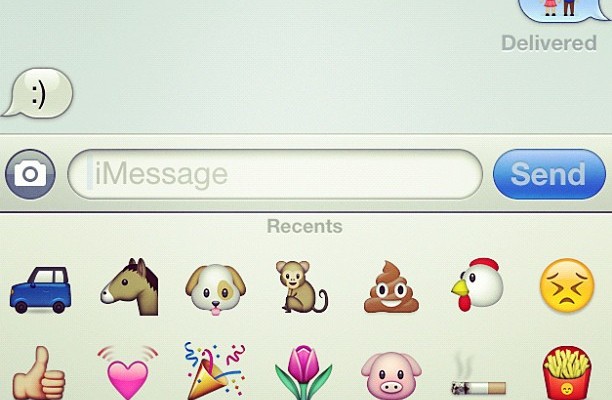Although some complaints have surfaced, like Taco Bell tweeting about the lack of a taco emoji, most Apple users have rejoiced at the slew of new emoticons – better known as emojis – released last week in the latest software update.
In addition to new same-sex relationship emojis, such as one that depicts two men or two women with a child or one of same-sex couples holding hands, the long-awaited emoji update included characters with skin tone options.
Before this update, users called vigilantly for Apple to include black emojis since essentially every other ethnicity was represented in some way (albeit stereotypically if you recall the emoji that was supposed to act as the Middle Eastern representation). Thus, the new emojis were welcomed, as they now offer six diverse skin tone options.
Yet aside from the obvious question of why it took Apple so long to include diverse emojis, we do not find this new update to be without controversy.
While we recognize that the racially diverse options are an effort by Apple to appeal to their diverse consumer base, the format for choosing said options is questionable.
Instead of stand-alone emojis, users must go to the original, white-skinned emoji and hold down until the option bar appears.
If Apple is going to offer racial options, should they not be their own character? Presenting them as extensions of the white emoji further solidifies the white emoji as the default, with the racial options acting as filters.
And aside from the white emoji still acting as the standard, a broader question remains: Why even make race an option?
Though Apple’s intentions were right, including race options at all was its first problem.
Emojis are great – they’re an added bonus to our virtual communication when words just don’t seem to express what we want to say. However, Apple’s update now prompts us to ask ourselves a question of identity every time we go to send a text or tweet.
Now, when users go to send a text with an emoji, he or she is faced with a choice of which race to use and if that emoji will affect the feelings of the recipient or not. If someone’s texting their black friend, are they supposed to use a black emoji to relate to them even if they sender doesn’t identify with the same race, or would using their race appropriate emoji then be offensive?
No one should have to feel forced to identify their race in a text message.
Instead of having the new yellow-toned emojis racistly characterize Asians, Apple should resurrect the ideas of technology’s past when emoticons were all yellow, signifying racelessness.
Why can’t all emojis just look the same?


Leave a Reply